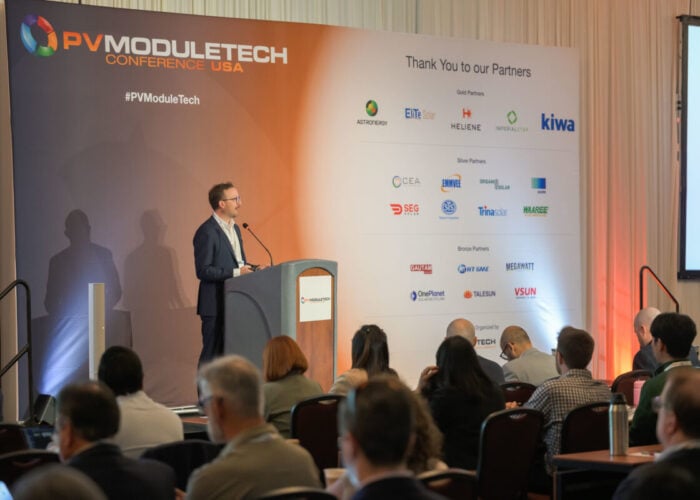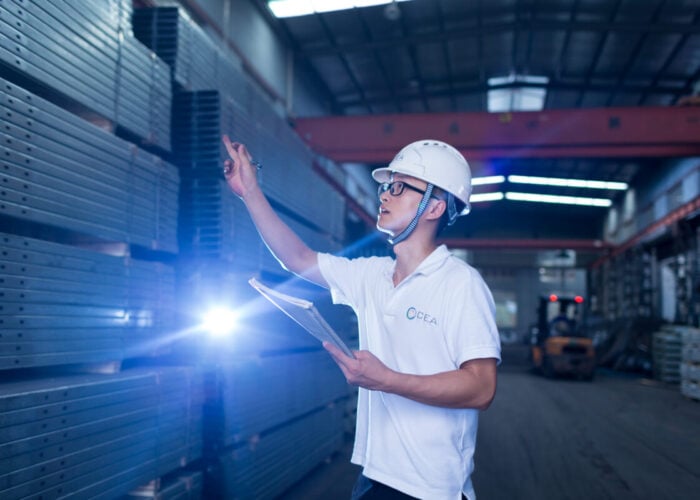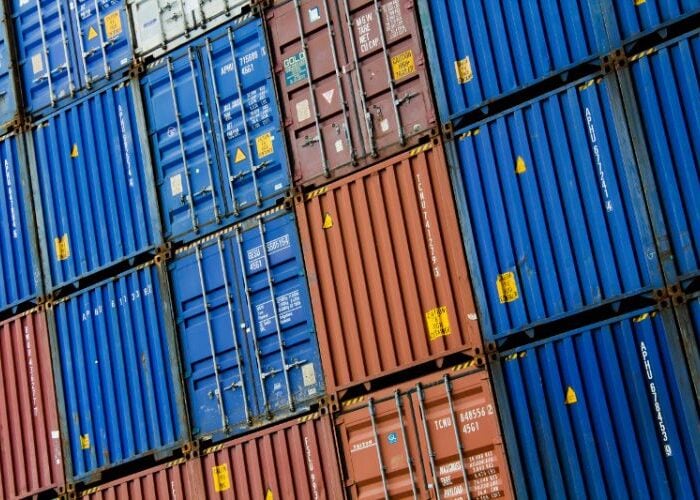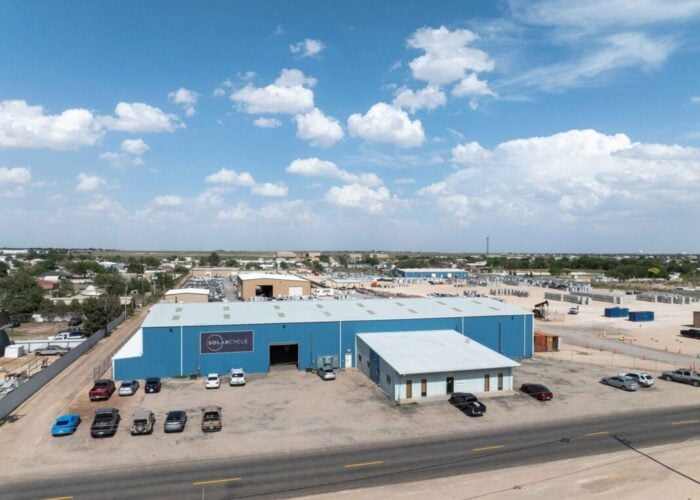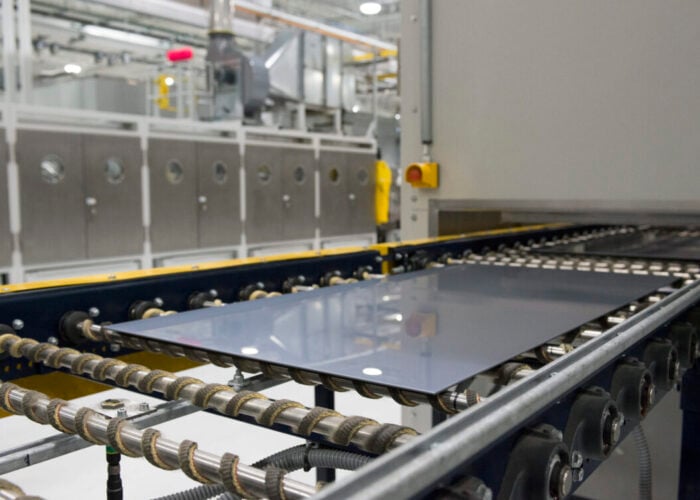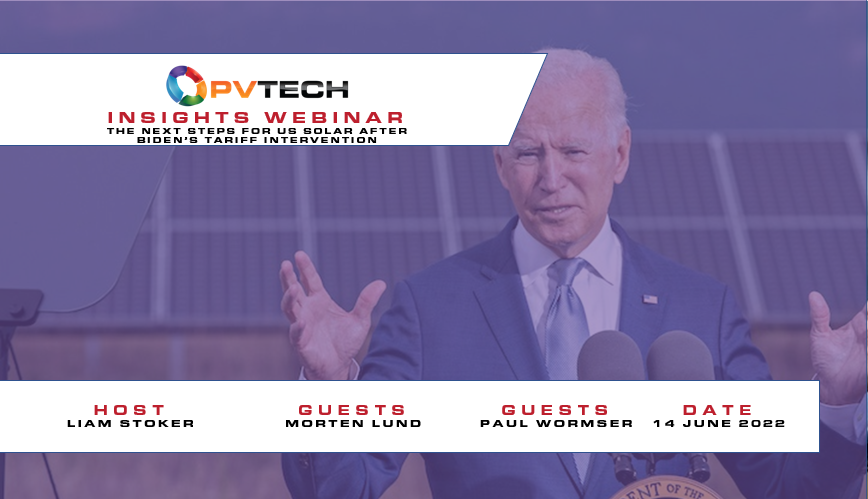
Despite US President Joe Biden’s AD/CVD intervention, US solar continues to face delays owing to a “bubble” of demand that has built up over the last year.
However any prospective legal challenge to the waiving of tariffs faces an uphill struggle given the timelines involved, PV Tech’s latest Insights webinar has heard.
Unlock unlimited access for 12 whole months of distinctive global analysis
Photovoltaics International is now included.
- Regular insight and analysis of the industry’s biggest developments
- In-depth interviews with the industry’s leading figures
- Unlimited digital access to the PV Tech Power journal catalogue
- Unlimited digital access to the Photovoltaics International journal catalogue
- Access to more than 1,000 technical papers
- Discounts on Solar Media’s portfolio of events, in-person and virtual
PV Tech was joined earlier this week by Clean Energy Associates’ Paul Wormser and Stoel Rives’ Morten Lund to discuss President Biden’s two-year waiving of anti-dumping and countervailing tariffs on solar cells and modules originating from Southeast Asia and, crucially, the next steps for the markets in light of the intervention.
While Biden’s executive action has undoubtedly removed uncertainty in the marketplace and opened up module supply, there remains a “bubble” of demand that has been building since the Biden administration’s withhold and release order on imports containing products linked to silicon metal provider Hoshine. That order prompted the seizure of some solar module shipments at the US border, complicating supply.
That bubble was further exacerbated by the risk posed by the Department of Commerce’s AD/CVD investigation and the latent demand will “take some time to be worked through”, Wormser said, adding that most manufacturers are now sold out through this year, with some sold out into 2023 and 2024.
There is good news for developers, EPCs and other importers however with the verdict that any prospective legal challenge to the executive action – which has been mooted as a possibility – faces an “uphill struggle” given the two-year time limit on the waiver, as discussed by Lund.
The full webinar can be viewed on demand below.


